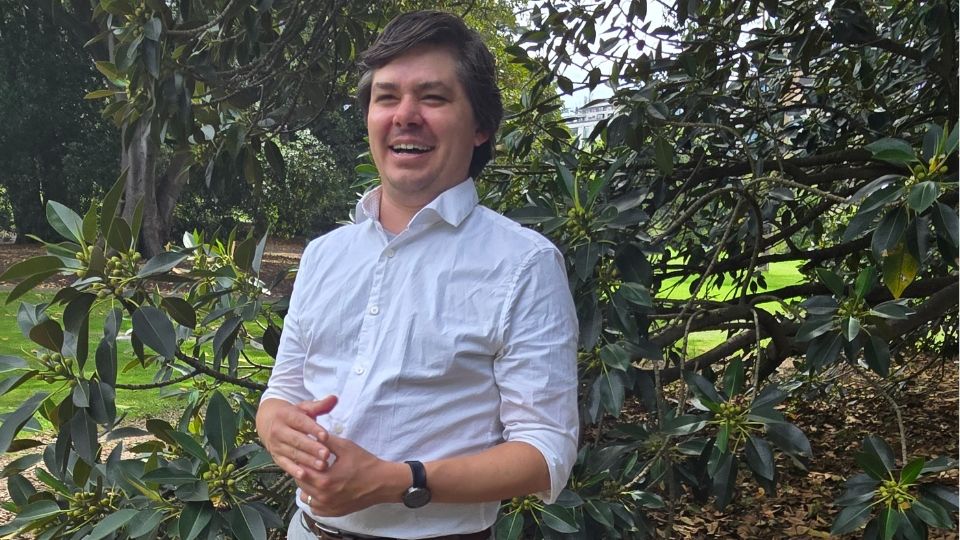Thomas' story
Quitting is a very personal journey and every person who smokes has their own way of succeeding.

I started smoking when I was 16 years old in boarding school. Many other students smoked, and I wanted to fit in. By my early 20s I was smoking up to a pack a day. But by my late 20s, it was clear to me that I should quit. I knew the harmful health effects. I had seen many Quit advertisements, including the famous 1997 “Every cigarette is doing you damage” ads, and the 2005 “Bubble Wrap”1 emphysema ad that likened the disease to a cigarette burning holes in bubble wrap. I was aware of the warnings on every pack I bought, even if I tried to ignore them,2 and they became more graphic as I got older.2 The rapid expansion of smokefree areas between 1999 and 2007 also made it harder and harder to smoke.3 Plus by the time I reached 30, most of my friends didn’t smoke, and my partner didn’t either.
I really wanted to stop smoking, but quitting felt hard. I needed an approach that would work for me. Quitting cold turkey seemed too difficult and nicotine replacement therapies didn’t appeal to me.
My eventual solution is actually one that research shows is used quite commonly by people who smoke but I didn’t know that at the time:4 I slowly removed smoking from the normal routines in my life. I told myself that wasn’t “quitting”, I was just choosing not to smoke, at least most of the time.
It took time for this approach to succeed completely. I stopped smoking in the morning. I stopped leaving the office to smoke. But eventually I was only smoking occasionally in the evenings, and then it dropped to just occasionally on weekends or when I was at a special event.
It has now been 12 years since I smoked, and I still (secretly) tell myself that I just choose not to smoke. But it works for me, and I have quit.
Chat with a Quitline counsellor for free support:
Quitline counsellors can help you break free from smoking or vaping. They can help build your motivation and skills and create a step-by-step plan. They can also support you if you are using vapes to stop smoking. Quitline is free and confidential.
Ways to get in touch:
There are multiple ways to contact Quitline, including by phone on 13 7848, the online request a callback form, webchat, WhatsApp and more.
Also check out the My QuitBuddy app:
My QuitBuddy is an app that helps you get, and stay, smoke-free and vape-free. It provides helpful tips and distractions to overcome cravings and tracking systems to chart your progress. My QuitBuddy gives you the facts you need to understand the impacts smoking and vaping have on your health.
References
Quit Victoria, Bubble Wrap, 2005.
Scollo, M, Hippolyte, D, Lindorff, K and Pearce, M. 12A.1 History of health warnings in Australia. In Greenhalgh, EM, Scollo, MM and Winstanley, MH [editors]. Tobacco in Australia: Facts and issues. Melbourne : Cancer Council Victoria; 2019. Available from https://www.tobaccoinaustralia.org.au/chapter-12-tobacco-products/attachment-12-1-health-warnings/12a-1-history-health-warnings
Wood, L AU, Letcher, T, Winstanley, M and Hanley-Jones, S. 5.14 Smokefree policies. In Greenhalgh, EM, Scollo, MM and Winstanley, MH [editors]. Tobacco in Australia: Facts and issues. Melbourne : Cancer Council Victoria; 2020. Available from https://www.tobaccoinaustralia.org.au/chapter-5-uptake/5-14-smokefree-policies
Chapman S. Quit smoking weapons of mass distraction. Sydney University Press; 2022 Jun 26. [Chapter 3]
